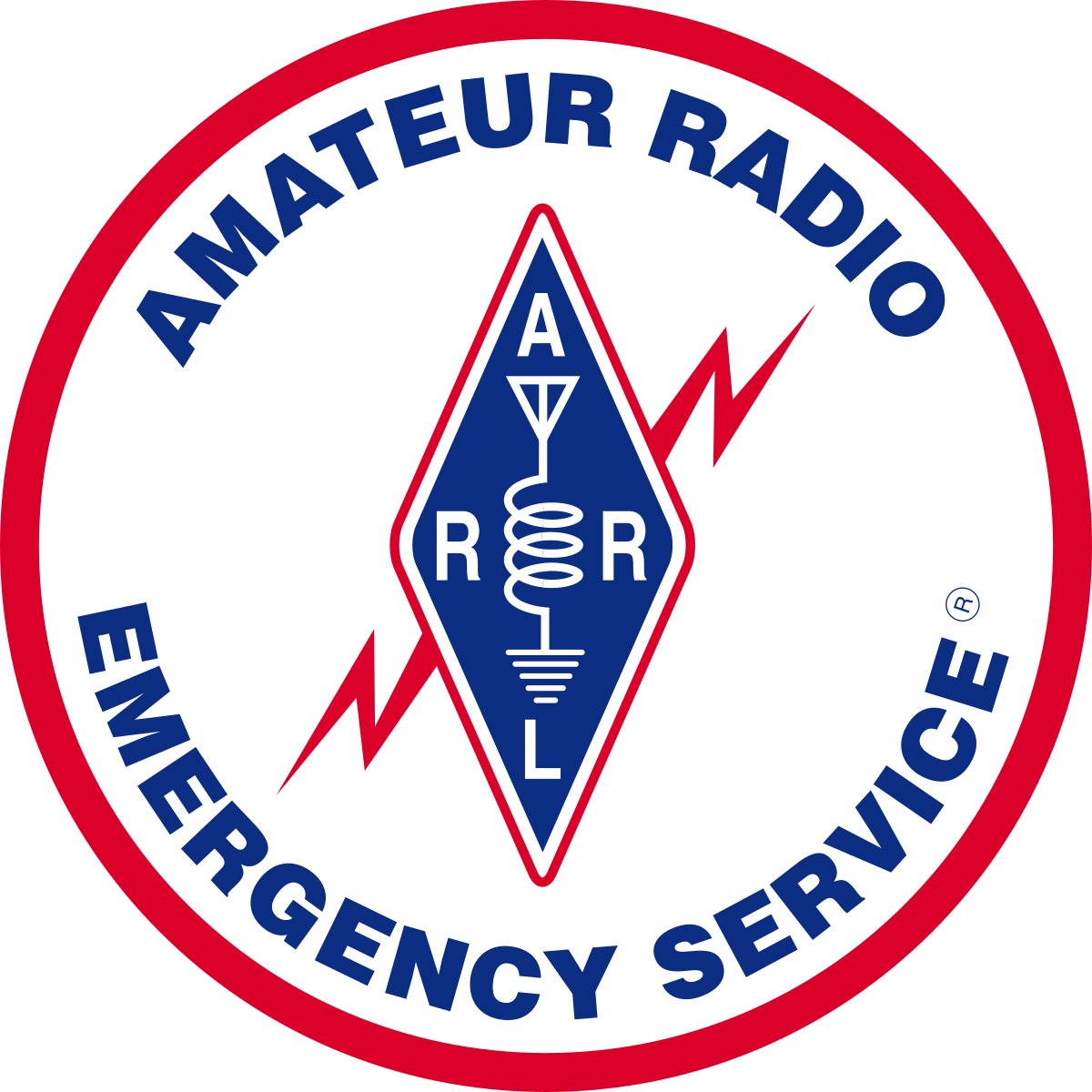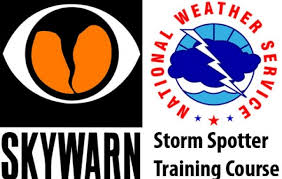Jaeger’s Beginners Guide

 by Jim Jaeger KO4KUS 2024
by Jim Jaeger KO4KUS 2024
Want to find out what Amateur radio is all about? The first thing you should do is listen to some radio activity.
Anyone can listen to almost any broadcast radio communications without a license including police, fire, EMT, aircraft, military, etc. You could buy a ham radio and listen to it as long as you do not transmit or interfere in any way.
Knowing how to find the more interesting radio traffic is what separates the boredom from the fun. A beginner could purchase an expensive, complicated radio that can hear everything. The practical way to learn radio art is to start with a more academic approach.
Radio transmissions propagate in a straight line. Weak signals can propagate into deep space without impedance. It gets more tricky when trying to broadcast around or through obstacles like trees, buildings, mountains, or around the world. It may be done but one must learn the best practices to get the best results.
Radio art is like learning any skill. Read the subject or watch some videos on the Internet. Start with something simple and inexpensive before considering more complicated equipment.
 The FCC grants license to transmit on certain frequencies. In as little as 10-20 hours study time you could take a simple multiple choice test and have the privilege to talk over the air.
The FCC grants license to transmit on certain frequencies. In as little as 10-20 hours study time you could take a simple multiple choice test and have the privilege to talk over the air.
Getting a license is important because it teaches the fundamentals of radio wave propagation. Anyone can talk on a “walkie talkie” without training. A low power device has many drawbacks that make hand held toys impractical for most communications. One drawback is interference. Another drawback is range. A toy “walkie talkie” can only work short distances.
The further one wants to communicate the more complicated it becomes. You need to learn interference minimization techniques and tricks to increase clear propagation. One common myth is “more power, more range”. The truth is more power only gives the ability to overcome some natural and man-made interference. More power does not give any advantage when trying to receive distant stations.
Clearly more power is not going to help in every situation. In fact, too much power can sometimes hinder communications. The biggest problem with excess power is it can cause interference to other operators. Those other operators and the FCC take a serious attitude toward interference caused by inexperienced or careless operators.
 There are many ways to get training and pass the exam. Think about how you like learning. Do you like reading? Do you like videos? Do you prefer a classroom setting? Choose what works best.
There are many ways to get training and pass the exam. Think about how you like learning. Do you like reading? Do you like videos? Do you prefer a classroom setting? Choose what works best.
The Internet is a good place to start. There are classes, books and test taking options right there. YouTube has many different online classes. One example is W8EEY Technician course videos appearing on YouTube.
It is even possible to take an online test. Internet may be a more convenient option particularly when a local testing proctor is not available. A Technician Class Amateur Radio Operator’s license can be passed in about a month.
Set a goal for maximum success. Factor the time of a month or so to study and take the test. Write down the goal and tape it on a mirror or refrigerator. It is important to set a goal to avoid procrastination. Study hard, then when ready, take the test immediately while the knowledge is fresh.
In all cases an appointment must be made well in advance to schedule the exam. Plan ahead by making an appointment early.
 Once class time or reading time is complete, it is important to review everything to really know the material. Download a study guide application on your phone. Choose one with the current practical test questions, correct answers and practice test to check knowledge before exam. One helpful app is called HamRadioExam by Roy Watson. Plan to get 100% on any practical test using this method.
Once class time or reading time is complete, it is important to review everything to really know the material. Download a study guide application on your phone. Choose one with the current practical test questions, correct answers and practice test to check knowledge before exam. One helpful app is called HamRadioExam by Roy Watson. Plan to get 100% on any practical test using this method.
On test day there should be no guessing. Know all 300 questions and the correct answers. Do not use a calculator. There is only a handful of math questions possible so memorize those answers. Memorization is not against the rules so take advantage of any shortcuts. You do not want to spend valuable test time hammering out long complicated calculations. There are only one or two questions like this out of 300 questions. Your test time is limited so do not waste it. Use memory association techniques to your advantage. There will appear 35 random questions which must be answered 74% correct.
Once a license has been issued and received, it is okay to start talking to other ham radio operators over the air. Join a local club. Get to know the other operators in the area. It is possible to make many new friends and learn more by getting involved with club activities.
 Start off using second hand equipment or low cost import radios to learn more about what is really useful. Ask other operators what are their favorite radios. One operator’s preferences may not be the best choice for another. It takes time to learn what is best for any given individual.
Start off using second hand equipment or low cost import radios to learn more about what is really useful. Ask other operators what are their favorite radios. One operator’s preferences may not be the best choice for another. It takes time to learn what is best for any given individual.
There is a whole world of fun activities one can do with Ham radio. First, determine your interests before getting out the credit card. The sky is the limit with radio equipment so learn from other’s mistakes. Instead of buying a $3,000 radio think about the antenna. You will have much better luck spending less on the radio and spending more on an antenna system to receive the actual signal.
Start out with a low cost imported “handy talkie” (or HT) such as a Baofeng five-watt VHF/UHF dual band HT which only costs about $30. This is not a “walkie talkie”. It is a sophisticated handheld ham radio. This can be used to contact operators locally, around town or across the county. You can participate in organized nets or other radio activities with this very low cost equipment.
A couple of hundred dollars will purchase an advanced digital HT which will allow worldwide propagation which uses the Internet to increase range. Digital radios eliminate static and other objectionable interference. Radios get more complicated as the price and range increases so start off small and work up.
 Study and test for a more advanced license to operate on more bands. High Frequency radios can reach all over the world under certain conditions. These are more complicated so take it at your own pace.
Study and test for a more advanced license to operate on more bands. High Frequency radios can reach all over the world under certain conditions. These are more complicated so take it at your own pace.
Do not be afraid to ask for help from fellow hams. Most are willing to help beginners. This is a time honored tradition among ham radio operators since the beginning of radio history. Your “Elmer” has a great wealth of information not found anywhere else. Time is valuable so do not take advantage of everyone but do not be afraid to ask for help either.
Think about the reasons to have a radio transmitter. Maybe you just want a new hobby or to make new friends. Maybe someone is stranded on a boat far from help. Maybe you are the only one who hears the distress call. What about outdoor expeditions or camp outs? Would it be nice to have a handy-talkie to keep in touch if you need to separate? For truckers or anyone traveling in pairs or groups, it is nice to remain in touch. Any kind of search party needs communications. If one just wants to talk to friends or a group of friends ham radio can be better than cell phones or “walky talkies” in many situations. Off-grid emergencies rarely happen but they do occur. The emergency that happens may happen to someone other than yourself. Think of the possibilities.




